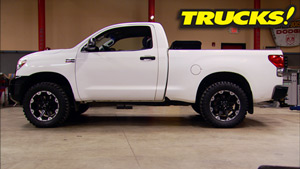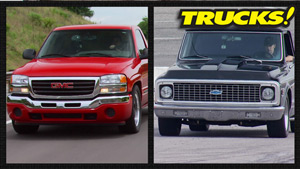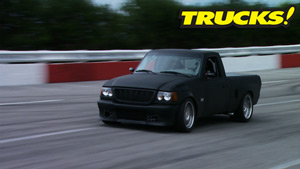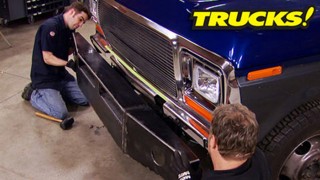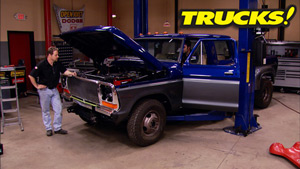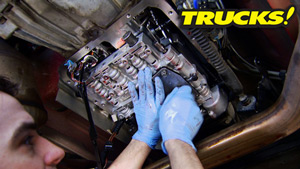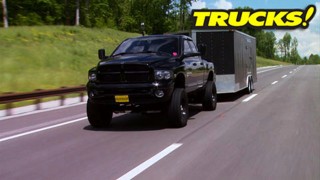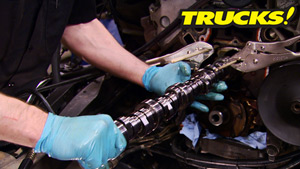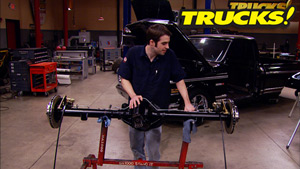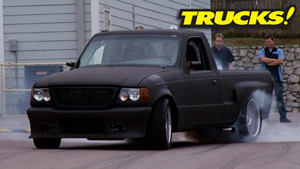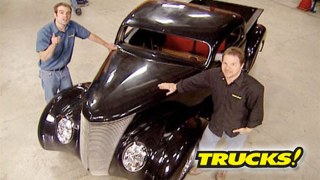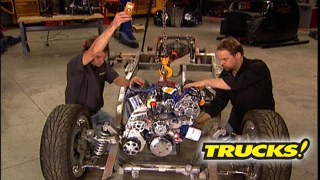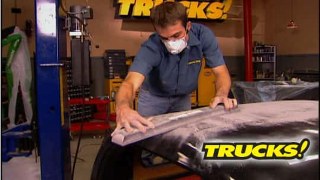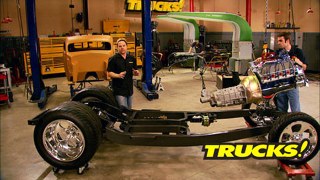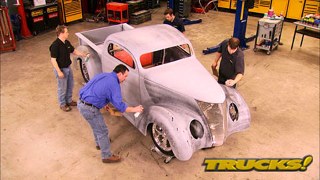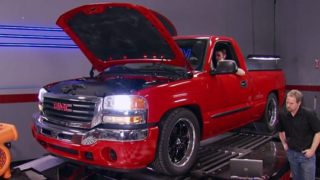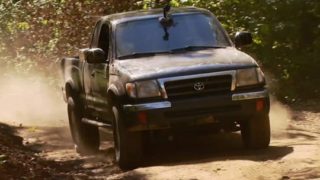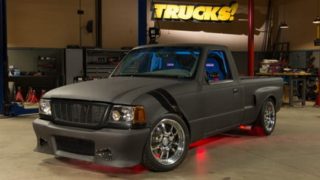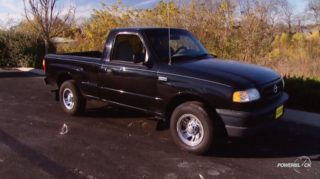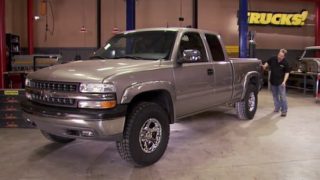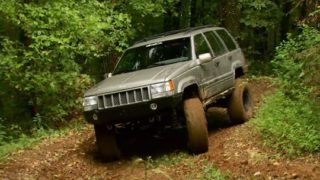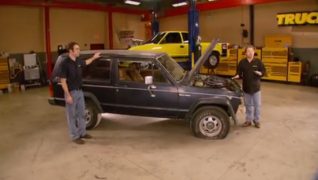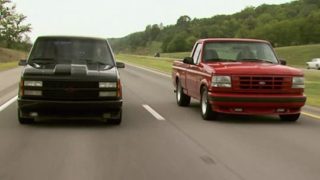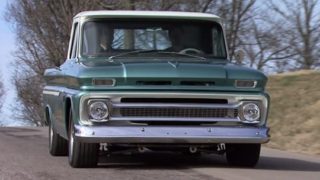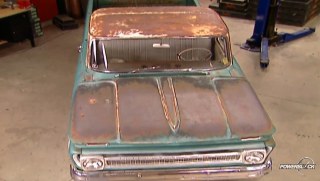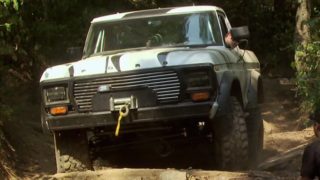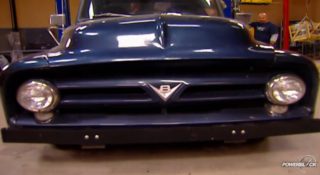More Project HRT Episodes
Trucks! Builds
Want more content like this?
Join the PowerNation Email NewsletterParts Used In This Episode
Advanced Plating
Plating of non-metal materials, dash panel and door panels.
Auto Meter
Old tyme black 5 PC. Kit.
B&B Auto Trim Shop
Custom upholstery, door panels, dash insert, seats, flooring and headliner.
Bay One Customs
Frame sanding, prepping and painting.
Be Cool, Inc.
Custom 37 Ford aluminum radiator, overflow tank, aluminum radiator cap.
Blue Torch FabWorks
The BTF battery box is a very cool looking and safe way to mount your Optima battery. This battery box is strong enough to be mounted in any position. The battery box could be bolted down through 6 laser-cut holes in the bottom of the box or it could be welded to a battery tray. The Optima battery is held in with a clamping action to ensure the battery stays where you put it. It is formed on a from 1/8" high-strength steel plate. Battery clamping hardware is included.
Covell Creative Metalworking
Custom Metal Fabrication and Instructor. Offering workshops and instructional DVD's. Custom carb. hat for Project HRT.
Crown Performance
Custom made DOT approved brake lines.
Design Engineering, Inc. (DEI)
Boom Mat Acoustic Insulation 12"x23", Boom Mat Spray, Cool Tape, Floor & Tunnel Shield.
Edelbrock
Quiet-Flo Electric Fuel Pump.
Edge Products
The Insight is an easy-to-install standalone multi-gauge display. With what would otherwise cost thousands of dollars and take hours to install, the Insight provides inexpensively and instantly.
Holley
1 3/4" Form-A-Flex 3' kit with chrome ends.
Holley
Earl's Performance Products, -3 tube sleeve, -3 to 1/8" npt tee fitting, -3 tube nut, 3/8" stainless tubing, -3 to 1/8" straight fitting.
Line-X
LINE-X XTRA delivers added protection against cracking, bubbling, peeling and color fading. Not to mention that DuPont KEVLAR┬о is up to five times stronger than steel, making your truck bed stronger than just about anything you can put in it.
Made For You Products
Assortment of single and double T-clamps in black.
McLeod Industries
10.5 clutch disc 1 1/8 x10 organic, pressure plate, hydraulic throwout bearing, hydraulic bearing spacer, sfi approved bell-housing.
Metalcraft Tools
The English Wheel is shaped like a large "C". There is a large 9" x 3" wheel with a flat working surface mounted at the top. There is a smaller 3" x 3" wheel mounted at the bottom with a curved working surface. The more shape desired in the panel, the more curved the lower wheel or anvil will be. Steel or aluminum can easily be shaped by pushing the metal back and forth between the wheels. Very little pressure is needed to shape the panel. The panel is stretched or raised to the desired shape. P
Mickey Thompson
20x16 HR-1 wheel, 33x22.00R20 sportsman S/R radial, 18x 4.5 HR-1 wheel, 26x6.00r18 sportsman S/R radial.
Nitro-Plate
NitroPlate Bright is a highly polished aluminum ceramic coating capable of withstanding 1300 degrees. NitroPlate Bright is perfect for headers that see high heat but can also be used on a number of items such as intake manifolds, brake rotors, rear end housings, control arms, brackets, wheelie bars, and hood hinges.
Optima
Red Top Optima battery.
Rick's Hot Rod Shop
Custom stainless steel fuel tank.
USDRILL
29 pc. fractional drill index contains 1/16" to 1/2" in 1/64" increments.
Vintage Air
GEN-IITM SYSTEMS Comes complete with: Evaporator and Mounting Brackets, Wiring Harness, Adjustable Servo, Heater Control Valve, A/C Duct Hose, Drain Kit, Defrost Option, Includes Hoses and Ducts.

